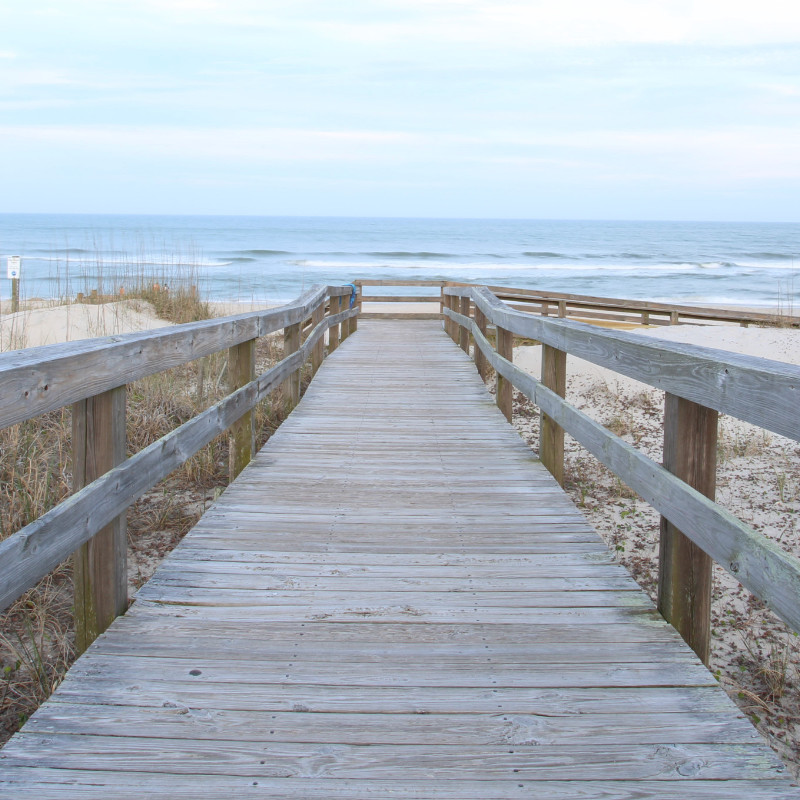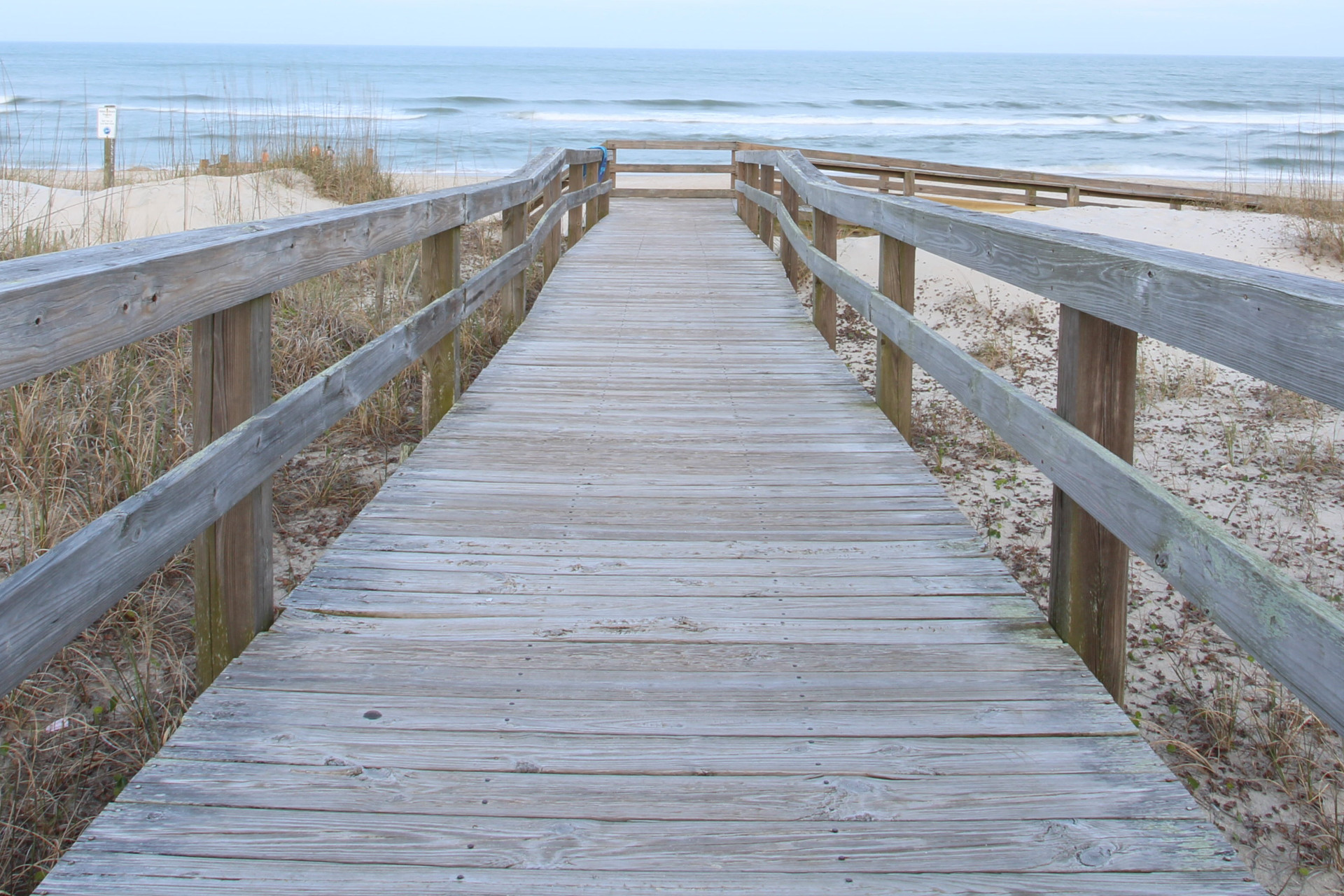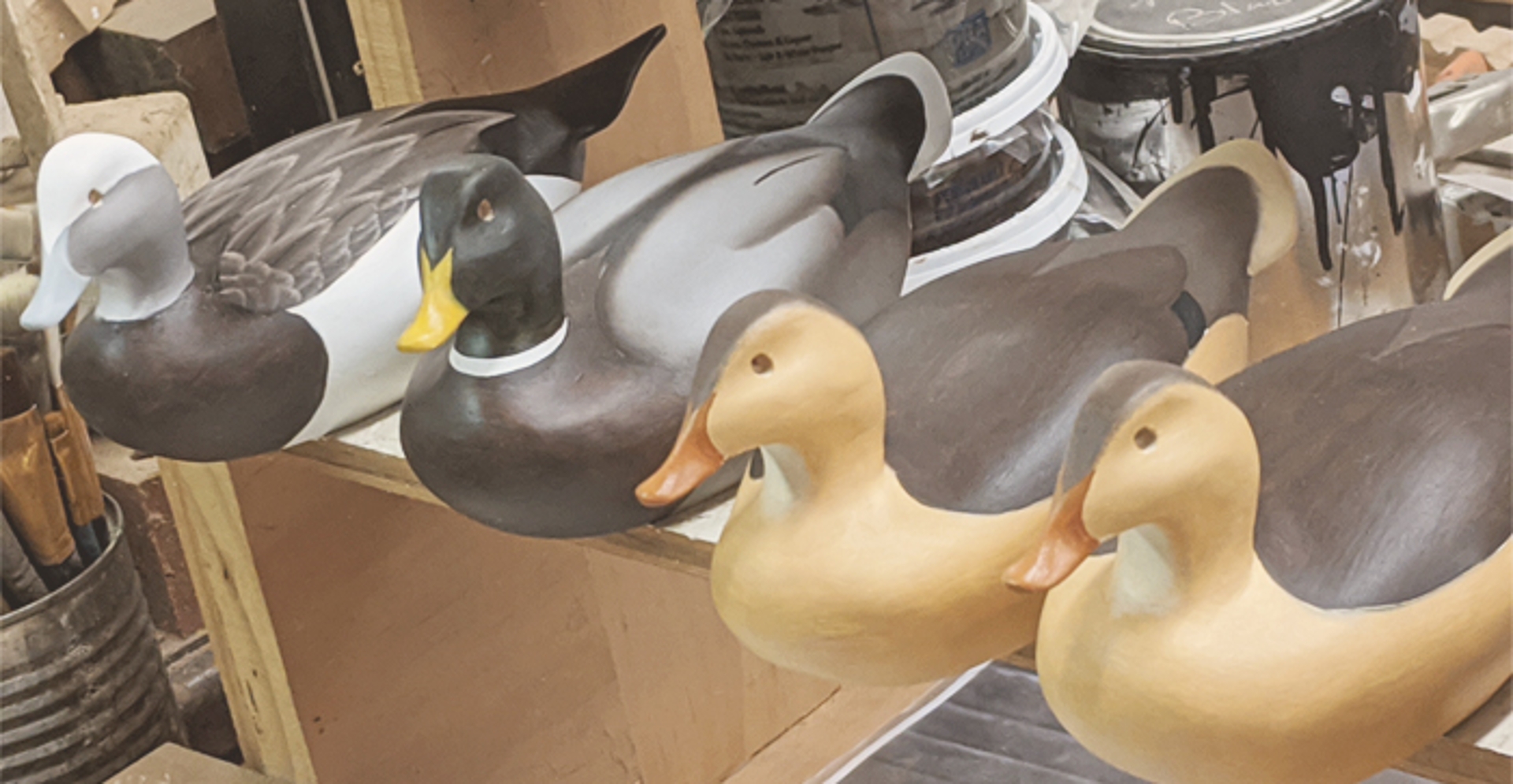24
Nov 2021
By Kathi Ferguson
Maryland's history and tradition of waterfowl hunting and American decoy carving is as rich as any in the nation. Every year, an abundance of ducks and Canada geese claim their portion of the sky during fall migration, populating this marshy rich land from Havre de Grace and the Susquehanna Flats at the upper part of the Bay, to Chincogeague and along the Eastern Shore. This is also the time of year when decoy carvers are known to display their bevy of handcrafted works at exhibitions, festivals, local parking lots, community halls, and auction houses, leaving no shortage of works for loyal collectors of this long-standing and sought-after art form from which to choose.
Decoys have been an essential tool in luring birds within shooting range for thousands of years. Before the wooden version appeared, some of which date back to the 1700s, Native Americans across North America made floating duck decoys from things such as cattails, bulrush, or other grasses to entice waterfowl to area roosting spots. Duck skins from earlier kills were often stretched over the decoy, making them appear very lifelike. Decoys used in the 1800s through the 1920s were primarily made by hand, with many of the Chesapeake Bay’s most shapely examples created by carvers whose full-time occupation was boatbuilding. Machine-made decoys came into use in the late 1920s, when well-known Havre de Grace carver Bob McGaw (1879-1958) began using a lathe to turn his decoy bodies. A lathe is a device designed to hold a section of material to be shaped.
Although still made for functionality, decoys in today’s world are perceived as less of a necessity and more of an art form. Collectors tend to focus on a particular fashion of decoy, paint style, or maker, and have become more discriminating in what they purchase. Accomplished carvers possess a real connection to their waterfowl, some sketching the bird in various poses, attempting to put his or her own spin on what it should look like. Not only are the colors considered, but the feather pattern, head, bill, and overall anatomy of the bird is studied.
American cedar, basswood, and white pine, are commonly used woods for decoy carving. In most cases, a carver will sculpt the head first as it requires the most amount of time and attention. It is also where the duck’s expression is conveyed. There are several things a carver can do in this area, such as sinking the eyes in deeper and build the brow up, to give the impression of a resting bird. Once the entire bird is sculpted, sanding, priming, and painting complete the piece.
There is an inherent knowledge and personal connection to the decoy carver’s craft as they continue to maintain the century-old skills of a cherished art that has been passed down from master to apprentice for generations. Through them, and so many before them, Maryland’s rich and time-honored waterfowl tradition proudly carries on.






